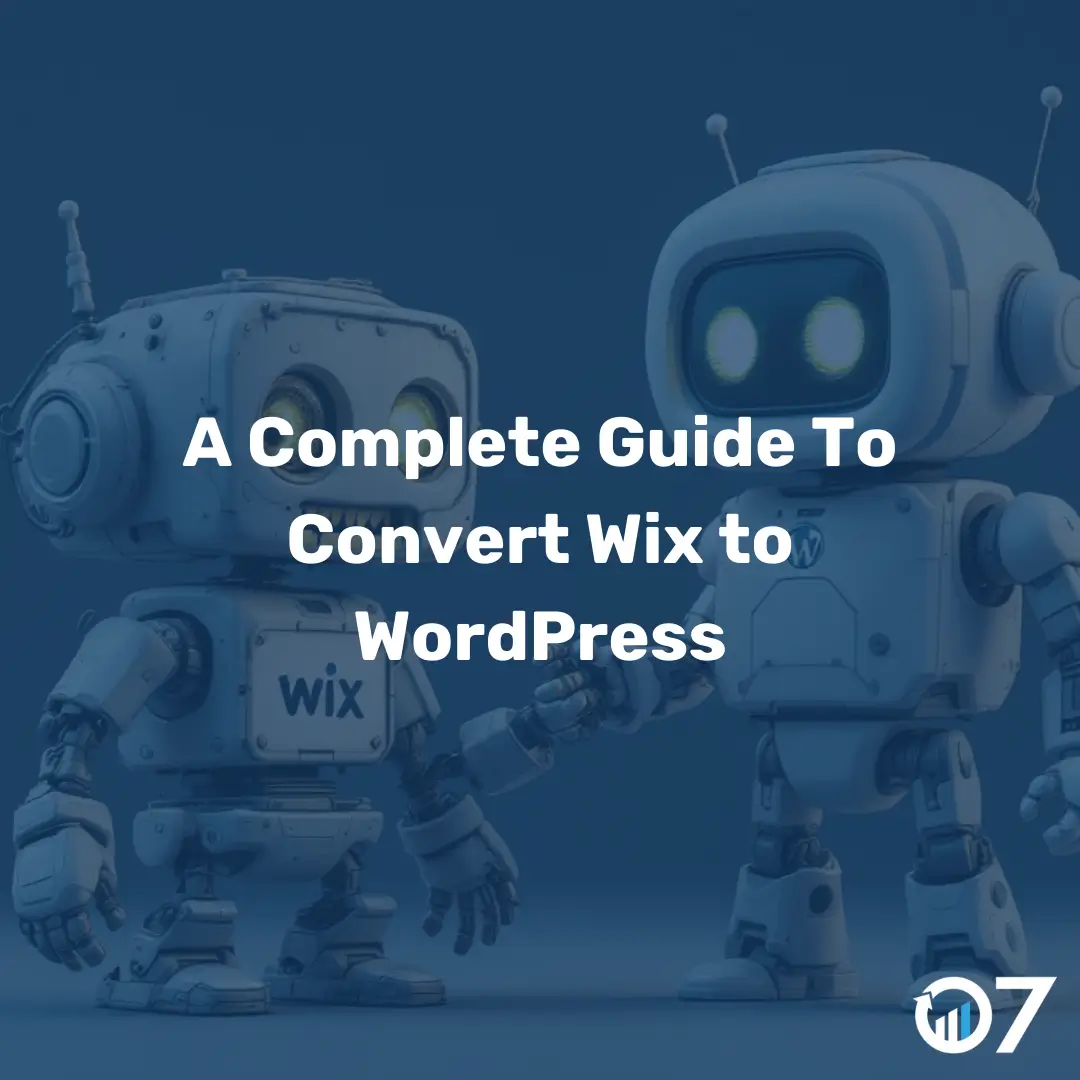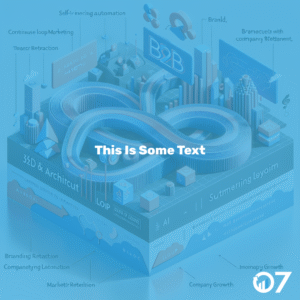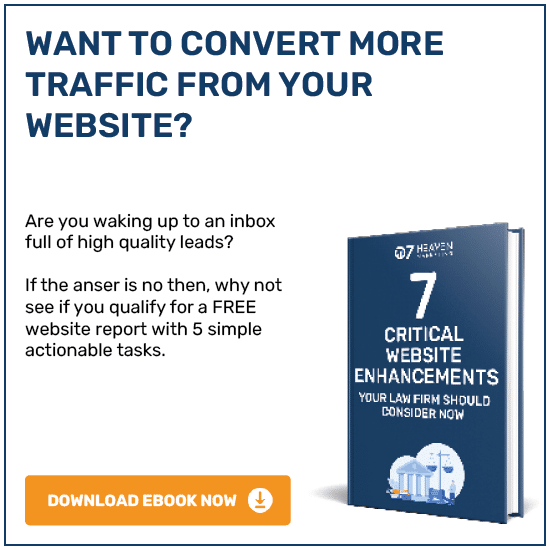Convert Wix to WordPress to gain more flexibility and control over your website. This guide will walk you through the entire process, making it easier for your business to transition smoothly.
When you’re just getting started with making a website, Wix can be a great option because of how simple it makes everything. However, many businesses eventually hit a wall with Wix as their websites grow, which is when it might make sense to convert Wix to WordPress.
Why Convert Wix to WordPress?
Wix is user-friendly and ideal for beginners, but it has limitations that can hinder growth. WordPress, on the other hand, offers extensive flexibility, scalability, and control, making it a better choice for growing businesses.
Advantages of WordPress
- Customization: WordPress offers thousands of themes and plugins to customize your site.
- SEO-Friendly: WordPress is built with SEO in mind, helping your site rank better on search engines.
- Scalability: As your business grows, WordPress can easily accommodate more content and traffic.
- Control: You have full control over your website’s code and data.
Preparing for the Migration
Before you start the process to convert Wix to WordPress, there are a few steps you need to take to ensure a smooth transition.
Step 1: Choose a Hosting Provider
Unlike Wix, WordPress requires a hosting provider. There are many options available, such as Bluehost, SiteGround, and HostGator. Choose one that fits your needs and budget.
Step 2: Set Up Your WordPress Site
Once you’ve chosen a hosting provider, you’ll need to install WordPress. Most hosting providers offer a one-click installation process, making it easy to get started.
Step 3: Select a Theme
WordPress offers thousands of free and premium themes. Choose a theme that aligns with your brand and business needs. You can always change it later if needed.
Migrating Your Content
Now that your WordPress site is set up, it’s time to move your content from Wix to WordPress. There are several methods to do this, including manual migration, using a plugin, or hiring a professional.
Manual Migration
Manual migration involves copying and pasting your content from Wix to WordPress. This method is time-consuming but gives you complete control over the process.
Using a Plugin
There are several plugins available that can help automate the migration process. One popular option is the CMS2CMS plugin, which simplifies the process and saves time.
Hiring a Professional
If you’re not comfortable handling the migration yourself, you can hire a professional to do it for you. This ensures a smooth transition and minimizes the risk of errors.
Setting Up Your New WordPress Site
Once your content is migrated, it’s time to set up your new WordPress site. This involves customizing your theme, installing necessary plugins, and optimizing your site for SEO.
Customizing Your Theme
WordPress themes are highly customizable. You can adjust the layout, colors, fonts, and more to match your brand. Most themes also offer built-in customization options, making it easy to make changes.
Installing Plugins
Plugins are one of WordPress’s greatest strengths. They add functionality to your site, such as contact forms, SEO tools, and social media integration. Some essential plugins to consider include Yoast SEO, Contact Form 7, and WP Super Cache.
Optimizing for SEO
WordPress is inherently SEO-friendly, but there are additional steps you can take to improve your site’s rankings. Use an SEO plugin like Yoast SEO to optimize your content, set up permalinks, and create an XML sitemap.
Testing Your New Site
Before you launch your new WordPress site, it’s important to test everything to ensure it works correctly. This includes checking links, forms, and other interactive elements.
Check for Broken Links
Use a plugin like Broken Link Checker to find and fix any broken links on your site. This ensures a smooth user experience and helps with SEO.
Test Forms and Interactive Elements
Make sure all forms, buttons, and other interactive elements work as expected. Test them thoroughly to ensure there are no issues.
Review Site Speed
Site speed is crucial for user experience and SEO. Use tools like Google PageSpeed Insights to check your site’s speed and make necessary improvements.
Launching Your New Site
Once you’ve tested everything and are satisfied with your new WordPress site, it’s time to launch. Announce the launch on your social media channels, email newsletter, and other marketing platforms.
Monitor Performance
After launching, keep an eye on your site’s performance. Use tools like Google Analytics to track traffic, user behavior, and other important metrics.
Gather Feedback
Ask your users for feedback on the new site. This can help you identify any issues and make improvements.
Regular Maintenance
WordPress requires regular maintenance to keep it running smoothly. This includes updating plugins, themes, and the WordPress core, as well as backing up your site regularly.
Conclusion
Converting your website from Wix to WordPress can be a game-changer for your business. With more flexibility, control, and scalability, WordPress is well-suited to support your growth. If you have any questions or need assistance, feel free to explore our blog for more tips and insights, or contact us via email at info@07hm.co.uk or telephone at 01702 410663.





